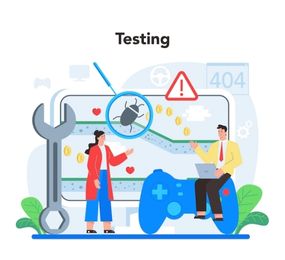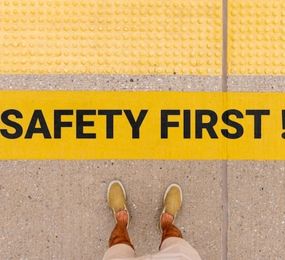An autonomous driving system that can function even in the case of a breakdown or malfunction is known as a fail-operational autonomous driving system. A system is said to be "fail-operational" if it can continue to function even if one or more of its components fail.
Many sensors, processors, and actuators collaborate in a fail-operational autonomous driving system to guarantee that the car can keep running reliably and safely even in the case of a failure. For instance, if one of the sensors fails, the system can still function using the data from the other sensors. In a similar manner, if one of the processors malfunctions, the system can switch to a backup CPU to guarantee that the car keeps running securely.
A fail-operational autonomous driving system's objective is to maintain the vehicle in a safe and functional state at all times, even unanticipated failures or malfunctions. This is crucial for autonomous driving systems because there isn't a human driver there to take control in the event of a malfunction.
The creation of a fail-operational autonomous driving system is a challenging endeavour that necessitates a high level of fault-tolerance and redundancy. To ensure that the vehicle can run safely and reliably in all circumstances, thorough design, testing, and evaluation of the many components and subsystems are required.
Generally, any autonomous driving technology must have a fail-operational autonomous driving system since it assures that the vehicle can continue operating safely and reliably even in the event of unexpected failures or malfunctions.
To find out more details about the Fail-operational autonomous driving system, join us on 30th - 31st May, 2023 for the Automotive Functional Safety (ISO 26262) Forum, in Eurostars, Berlin, Germany.
To register or learn more about the Forum please check here: http://bit.ly/3XpGPk7.
For more information and group participation, contact us: [email protected]
















